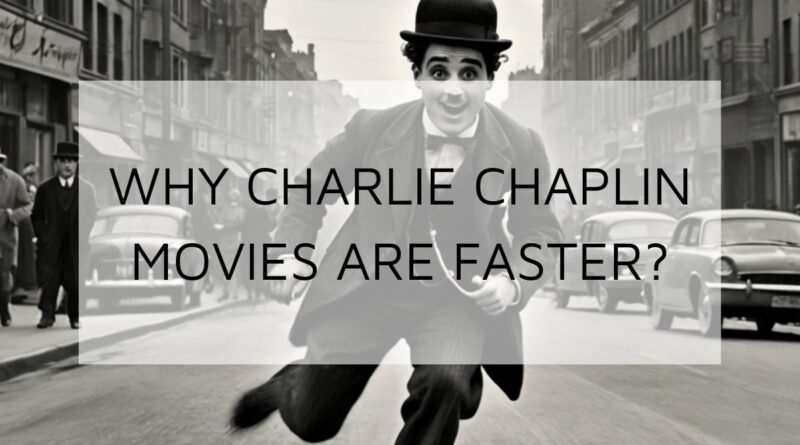Why Charlie Chaplin Movies are Faster? | Old Movie Facts
Table of Contents
Have you ever wondered why old silent films make people look like they’re zipping around at superhuman speeds? What was really going on behind the camera? Was it a mistake, or was it intentional? Which of the old movie facts caused this?
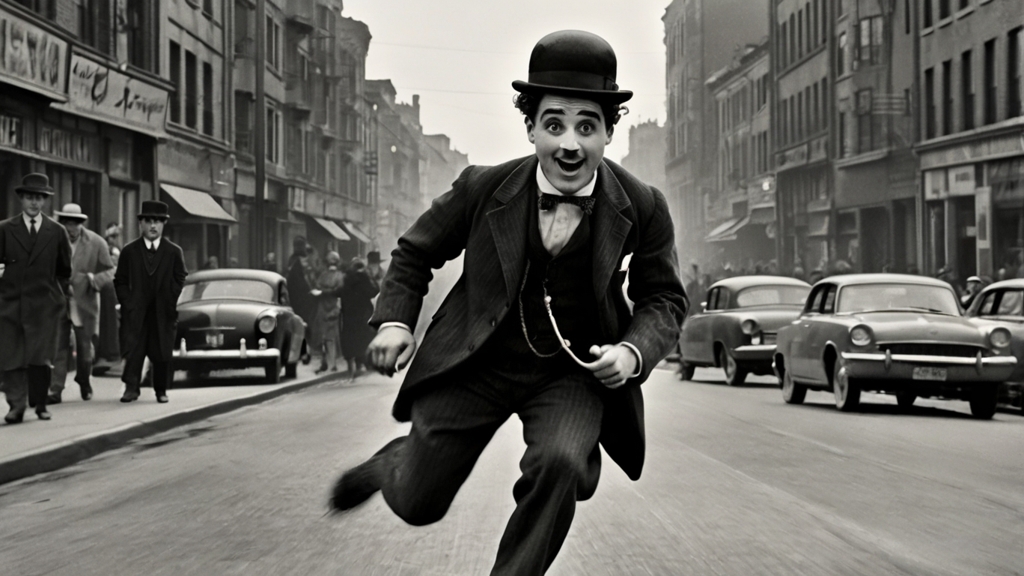
Get ready to uncover the secrets of filmmaking that changed the way we see motion on screen forever!
1. The Illusion of Movement
Movies, even today, aren’t real motion—they’re just an illusion. Early cameras captured a series of still images at slower speeds than we’re used to now. These frames, when projected faster, made the characters appear to move in an exaggerated way. But why shoot at slower speeds in the first place? The answer lies in cost. Early filmmakers conserved expensive celluloid by using just 12 to 16 frames per second (fps)—far less than today’s standard of 24 fps.
2. Intentional Speed-Ups for Comedy
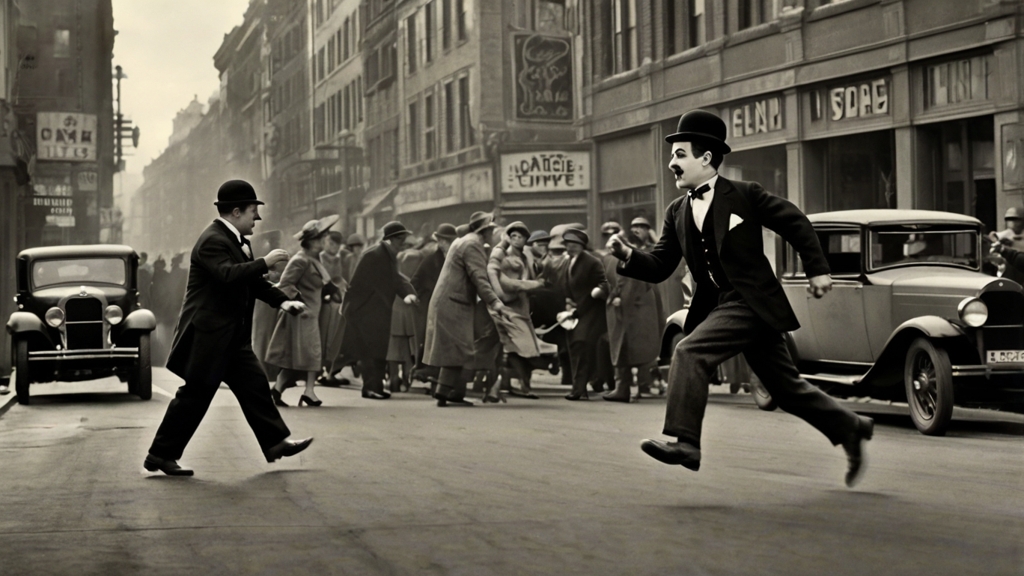
Did you know that some of these films were sped up on purpose? Directors used ‘undercranking,’ filming at slower speeds so they could speed up the action during projection. The result? Hilarious, fast-paced gags perfect for silent comedy. This technique wasn’t just for laughs—action scenes also used it to heighten drama and excitement!
3. The Role of Movie Theaters
Theaters played a surprising role in the fast motion too. Many cinema owners cranked up projection speeds even more to fit in extra showings and sell more tickets. A film shot at 16 fps might be projected at 22 fps or higher, creating the jerky, comedic movement we associate with silent films today.
4. Sound Revolutionized Frame Rates
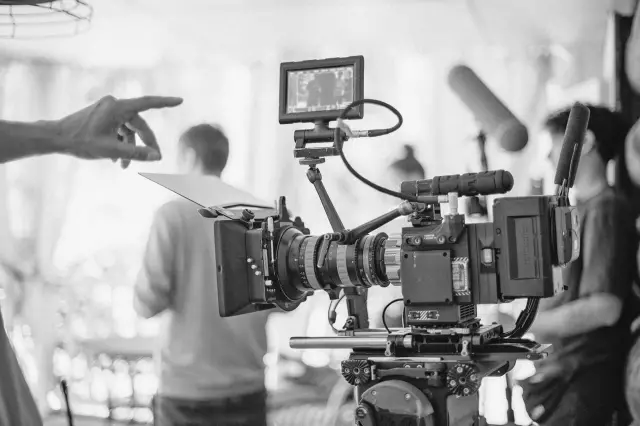
Everything changed when sound came into the picture—literally! The introduction of synchronized sound systems, like the Vitaphone, required a stable speed. To match soundtracks perfectly, filmmakers standardized 24 fps as the new industry norm. Why 24? It wasn’t just about synchronization—it also preserved audio fidelity and was practical for dividing film reels.
5. Modern-Day Legacy
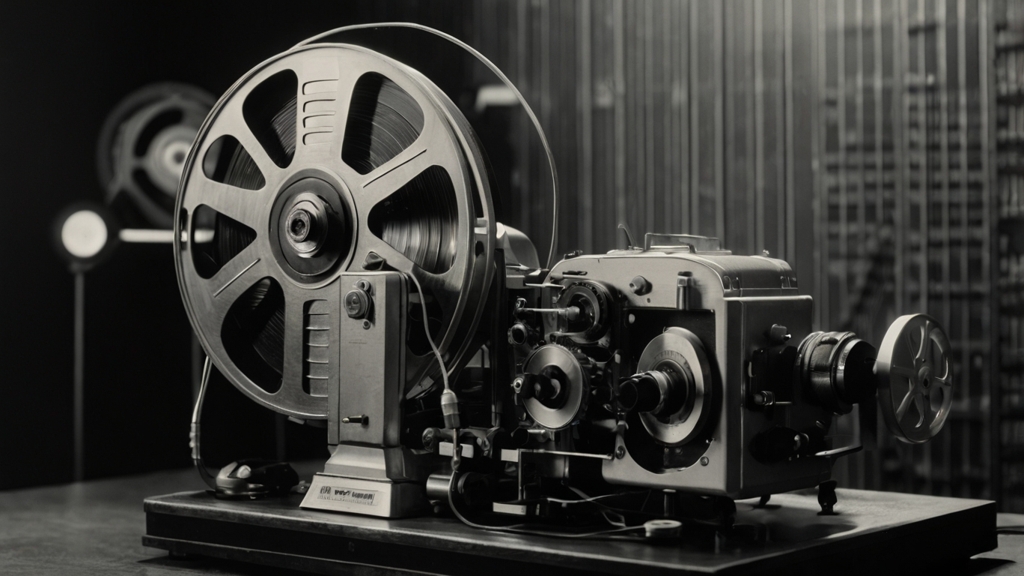
Even though digital technology now allows filmmakers to shoot at much higher speeds, we still cling to the 24 fps standard. Why? Audiences love the ‘cinematic look’ it creates. Remember the backlash over ‘The Hobbit’ being filmed at 48 fps? That’s proof of how deeply rooted this standard has become in our movie-watching experience.
So the next time you watch a silent film, remember this: the fast-paced action wasn’t just a technical quirk—it was a mix of clever filmmaking and technological limitations.
Which part of old movie facts surprised you the most? Let us know in the comments below!

